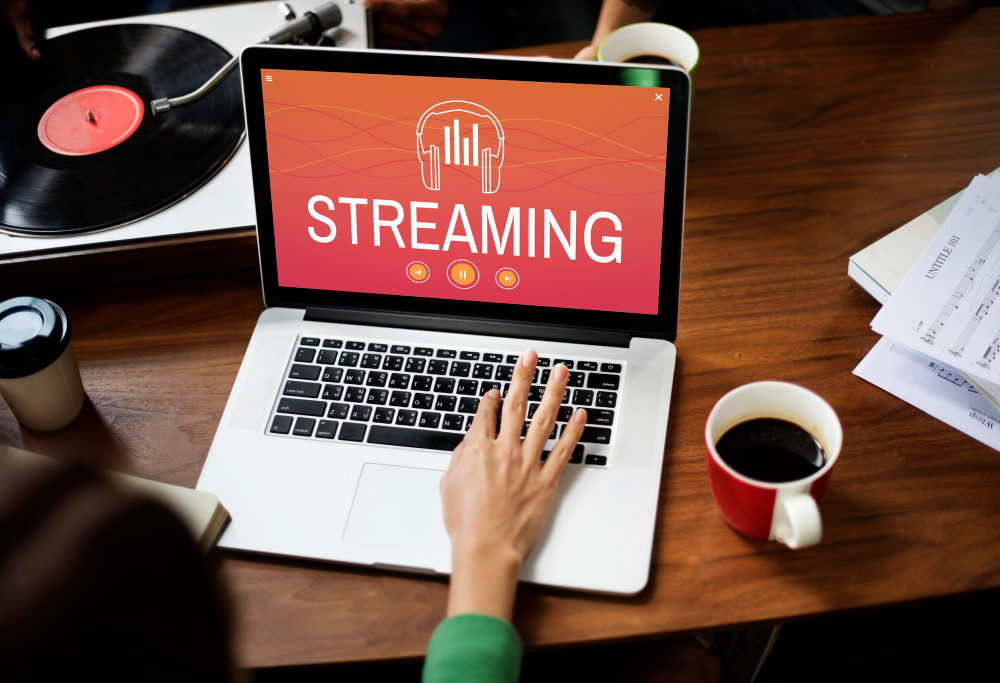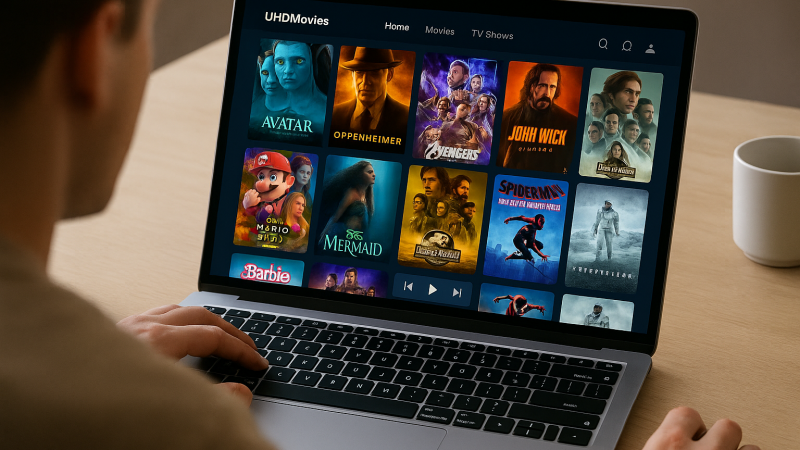The availability of new technologies has increased demand for streaming services.

In an age where rapid gratification is the norm, the capacity to stream a movie, a song, or an entire season of a TV show has altered entertainment. Over the last few years, most streaming services have gained tremendous growth, this leads to providing high quality shows, concerts and much more to our mobile devices, computers and more. This precipitous increase, however, is driven not only by content variety, but also by ground-breaking technology developments. This study looks into how new technologies is hastening the meteoric rise of streaming services.
High-Resolution, Low-Bandwidth: The Codec Revolution
The essence of a good streaming experience hinges on the balance between quality and speed. Codecs like H.265 or High-Efficiency Video Coding (HEVC) have bridged this gap. Data is compressed for speedier transmission but video quality is preserved. This means users can relish 4K quality visuals without enduring tedious buffering or lags.
Streaming from the Clouds
The cloud has significantly altered how material is delivered. With robust cloud infrastructures, streaming services can store vast libraries of content and scale resources instantly during high demand, ensuring smooth delivery.
Machine Learning as the Silent Curator
Ensuring that users find what they love, almost intuitively, keeps them hooked and engaged. Enter Artificial Intelligence (AI) – the unseen force that crafts bespoke entertainment experiences for every user.
Identification of User Behavior
The core of AI-driven content selection is the meticulous observation of user behaviour. Every click, pause, skip, or replay on a streaming platform is a data point. For instance, if a user frequently pauses thrillers but watches romantic comedies without interruption, AI deduces their preference for the latter.
Deep Learning: Moving Past the Clearly Visible
These networks analyse enormous amounts of data to find insights that simpler algorithms would overlook. Perhaps you have a penchant for movies with strong female leads, or you favour tracks with intricate guitar solos. Deep learning detects these subtle trends and refines the recommendations you receive.
Recommendations Based on Your Mood
Many streaming networks, particularly music services, are experimenting with mood-based curating. Tracks are classified into mood-centric playlists based on their tempo, lyrics, and key. So, whether you’re feeling euphoric, melancholic, or contemplative, AI ensures your entertainment resonates with your emotions.
Adaptive Streaming and AI
Quality of streaming is another arena where AI shines. AI dynamically modifies the stream’s quality by continuously monitoring a user’s internet speed and device capabilities.
Predictive Content Sourcing
AI does more than merely respond to user behaviour; it also forecasts future patterns. Streaming platforms can then source this content in advance, ensuring they’re always a step ahead in the content race.
Eliminating Content Silos
It’s easy to get stuck in a loop of familiar genres or artists. AI breaks this monotony by occasionally introducing users to genres or artists they might not have explored but are likely to enjoy based on intricate patterns and broader tastes.
Bypassing Geo-restrictions with VPN for Streaming
Geographical obstacles can frequently limit material access. A series available in the U.S might not be in Europe. Herein lies the power of a VPN. By utilising a VPN for streaming, users can mask their real IP addresses, virtually placing themselves in a country where the content is accessible.
AR & VR Immersive Experiences
Streaming platforms are adopting augmented reality (AR) and virtual reality (VR). Imagine watching a concert with VR, feeling as if you’re amidst the crowd, or using AR during a documentary to get a 3D view of a historical artefact.
The Swift and Smooth 5G Transition
The approaching global implementation of 5G will transform streaming services. The ultra-fast speeds and low latency offered by 5G networks mean that even the highest quality content, think 8K videos or lossless audio formats, can be streamed effortlessly on mobile devices.
Interactivity Amplified
The line between viewers and content is getting blurred. Platforms are experimenting with interactive content in which viewers can direct the plot, similar to a choose-your-own-adventure book. Due to their sense of a personal connection to the story as it develops, viewers are more engaged as a result of their participation.
The Collaborative Streaming Era
The future seems to point to collaborative streaming. Think of watching a movie with friends situated across the globe, with everyone’s reactions and comments in real-time or a shared playlist that friends can add to during a virtual party. The way individuals interact in the digital entertainment industry will alter as a result of these collaborative components.
To sum it up
In addition to binge-worthy content, the rapid growth of streaming platforms is a testament to technological advancement. As technology develops—from the usage of AI and VR to tools like VPN for streaming—streaming companies are compelled to adjust on a constant basis. By embracing these innovations, streaming services are providing global users with an expanded, customised, and borderless universe of content in addition to entertainment.




![Vegamovies 4k : Vegamovies Proxy & Mirror Sites List July 2025 [100% Working] 5 Vegamovies 4k : Vegamovies Proxy & Mirror Sites List July 2025 [100% Working]](https://technonguide.com/wp-content/uploads/2025/07/Vegamovies-–-Watch-Latest-Movies-TV-Shows-Online-Free-800x450.jpg)

